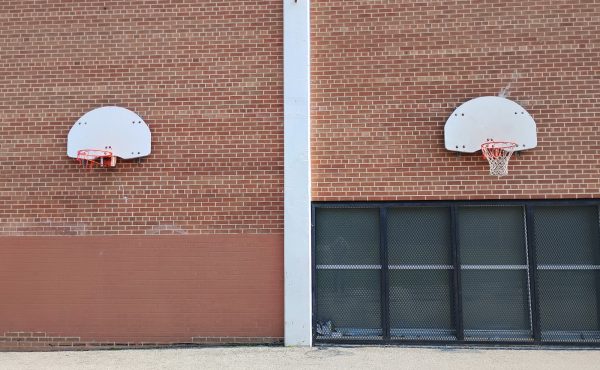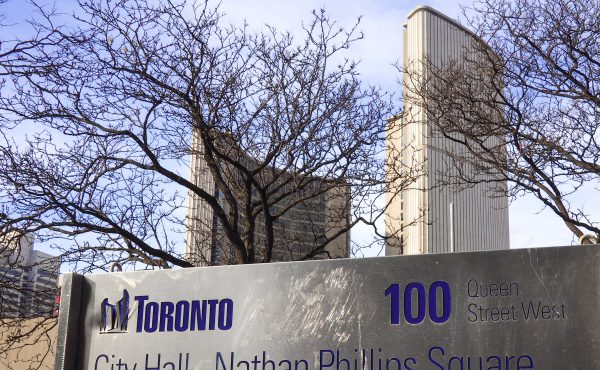This series features highlights from the ongoing exhibit The Fourth Wall: Transforming City Hall. The exhibit, on now at the Urbanspace Gallery, considers possible avenues to break down the barriers to participation in civic life that exist at Toronto’s City Hall.
![]()
During his inaugural speech, Mayor Rob Ford said: “This council is not supreme. We were elected by the people. The people of Toronto are supreme.” That may be so, but looking around this city it would be easy to think otherwise.
In Commonwealth cities, including Toronto, it is common practice to refer to our mayor as his or her ‘worship’. Though this practice is not enshrined in any official bylaws or protocol, we continue to elevate our Mayor to the level of the divine. Would a Mayor by any other name smell as sweet?
Meanwhile, the City is peppered with buildings and public spaces named for politicians, corporations, private philanthropists, and celebrities. As this graphic shows, places named for average citizens who’ve made a difference in their community are less common.
Who would you like to see honoured for their contribution to public life (and where)?
Titles are a small but simple ways to recognize contributions to public life. What’s more, the people we choose to recognize serve as role models for future generations. If we narrow the role model field to the rich or elected, we miss an opportunity to inspire the average citizen to make a difference. A little attention to our choice of words could go a long way towards engaging citizens from all walks of life.
The Fourth Wall: Transforming City Hall is on at the Urbanspace Gallery (401 Richmond St. W.) until the end of the year. The building is open weekdays, 7am to 7pm, and Saturdays, 9am to 6pm. Curated by Dave Meslin, Research by Hilary Best, Design by Adam Zinzan-Harris.





4 comments
Interesting story and cool infographic – is there a link to a higher-resolution version? It’s quite hard if not impossible to make out some of the names.
Toronto has a rather large number of public spaces, buildings and facilities named after ordinary people who volunteered for our Armed Forces in times of great crisis and rose to the demands placed upon them with great heroism.
Examples include Billy Bishop Airport and rather a lot of schools and streets.
Same for religious leaders like John Strachan. Yet your list seems to have been purged of military and religious leaders. Looks like a certain bias is showing here.
I’m not sure there’s much validity in separating “people who made a difference in their communities” from politicians, who often get their start by being people who made a difference in their communities, and then moved into political roles as a way of making a greater difference.
@Nick – Apologies. I’ve added a new image which should be more visible.
@Kevin – Good point. As you’ve noticed, the list is not exhaustive, just indicative of a general trend in our society of recognizing the contributions of those folks whose job it is to serve the public good, rather than those who make a habit of it in their private lives.
@ Jacquilynne – Fair enough. Again, we were trying to demonstrate the tendency to recognize and model as heroes people who serve the public good in a professional capacity, rather than as private citizens. There were many examples we came across of people who did both. Hopefully we communicated that it is important to show that you don’t need to be elected or wealthy to make a difference.